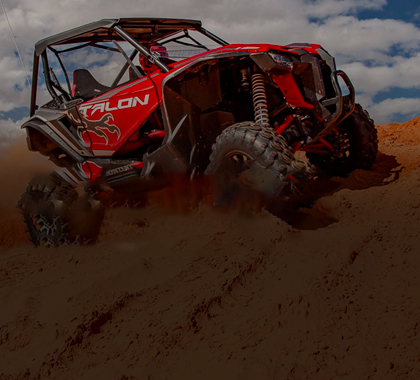When it comes to off-roading and other outdoor adventures, having the right vehicle can make all the difference. Honda is a well-known brand that offers a range of durable and reliable off-road vehicles, including the Honda Pioneer. The Pioneer is a popular choice for outdoor enthusiasts due to its sturdy construction, versatile features, and powerful performance. However, like any vehicle, the Honda Pioneer may experience wear and tear over time, especially in its shaft drive components. This is where Everything Honda Offroad comes in, offering a wide range of Honda Pioneer shaft drive components and replacements.
Shaft drive components are an essential part of any vehicle's drivetrain system. They are designed to transfer power from the engine to the wheels, allowing the vehicle to move forward or backward. In the case of the Honda Pioneer, shaft drive components are responsible for transmitting power from the transmission to the rear wheels. These components include the drive shaft, the rear differential, and the propeller shaft, among others.
Over time, shaft drive components may wear out or become damaged due to heavy use or other factors. When this happens, it is important to replace the components promptly to avoid further damage and ensure the vehicle's safe and reliable operation. At Everything Honda Offroad, customers can find a wide range of Honda Pioneer shaft drive components and replacements, including drive shafts, rear differentials, and propeller shafts. These components are made from high-quality materials and designed to meet or exceed OEM standards, ensuring a perfect fit and reliable performance.
One of the benefits of shopping at Everything Honda Offroad is the extensive selection of products available. The online store offers a range of Honda Pioneer shaft drive components and replacements from some of the top brands in the industry, including SuperATV, High Lifter, and QuadBoss. Customers can choose from a variety of options, including different sizes, designs, and materials, to find the perfect fit for their Honda Pioneer.
Another benefit of shopping at Everything Honda Offroad is the customer service experience. The company's knowledgeable staff is available to answer any questions customers may have about the products or their installation. The online store also offers fast shipping and hassle-free returns, making it easy for customers to get the products they need and get back to their outdoor adventures.
In conclusion, having the right shaft drive components is crucial for the safe and reliable operation of any off-road vehicle, including the Honda Pioneer. At Everything Honda Offroad, customers can find a wide range of Honda Pioneer shaft drive components and replacements at competitive prices. With a diverse selection of top-quality products and excellent customer service, Everything Honda Offroad is the go-to destination for any Honda Pioneer owner in need of shaft drive components.






